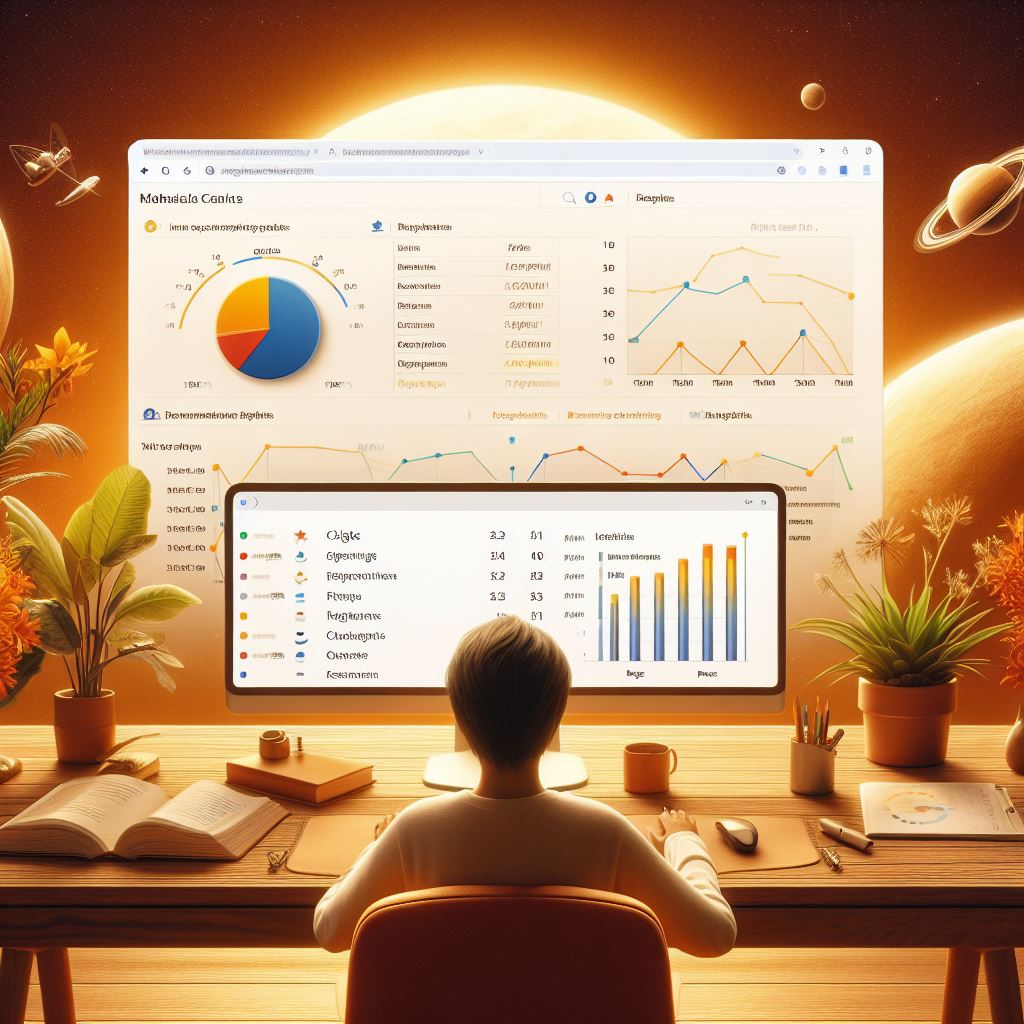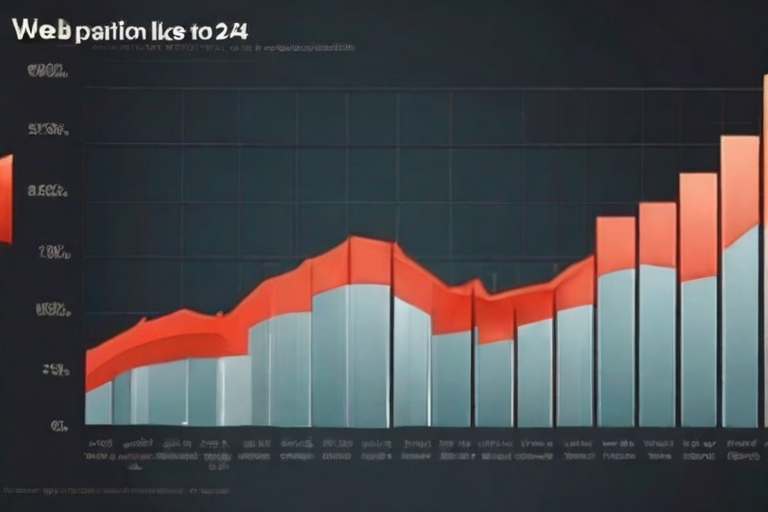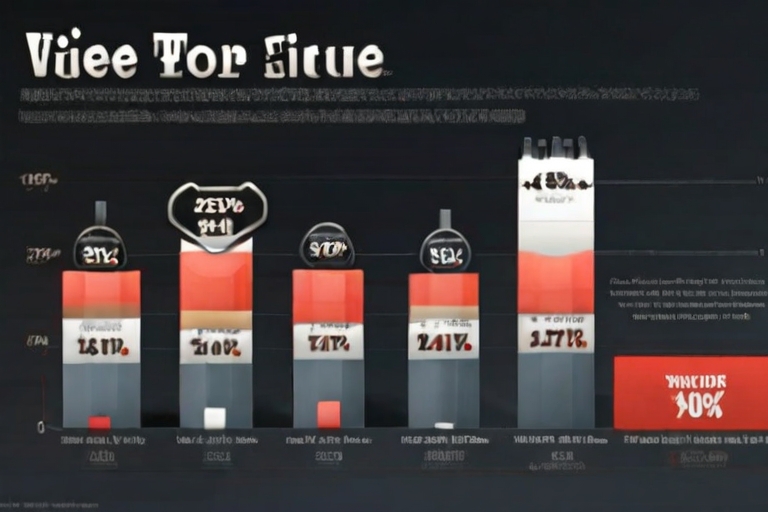SEO crawling significantly influences mobile-first indexing techniques by determining how search engines index mobile-optimized web pages. Search engines like Google prioritize mobile-friendly websites when determining search rankings. SEO crawling provides the necessary data to optimize indexing for mobile, which enhances search visibility on mobile devices. The expert firm “Matrics Rule” specializes in this crucial intersection of SEO crawling and mobile-first indexing techniques, offering deep insights into efficient website mobility strategies.
Table of Contents
- Optimize Website for Mobile Search Engines
- Implement Responsive Web Design Effectively
- The Impact of SEO Crawling on Mobile-First Indexing
- Analyze Google Crawling Patterns for Indexing
- Influential Algorithms in Indexing Practices
- Track Machine Learning Impacts on Indexing
- Are Advanced Crawling Techniques Necessary?
- Do Large Websites Require Complex Crawling Strategies?
- The Effectiveness of AJAX Crawling Solutions
- How Does AJAX Enhance Visibility in Search Indexing?
- Modern Tools for Mobile-First SEO Analysis
- Which Tools Best Improve Mobile Index Performance?
Key Takeaways
- SEO crawling plays a crucial role in determining how mobile-optimized websites are indexed by search engines.
- Mobile-first indexing prioritizes mobile versions of sites over desktop ones to accommodate the growing mobile user base.
- Mobile-friendly websites improve search engine performance and user experience by offering responsive web design and fast loading speeds.
- Implementing SEO techniques such as structured data markup is vital for optimizing mobile search performance and achieving higher rankings.
- The average web page should load in under three seconds to offer a superior user experience and ensure effective mobile adaptation.
- “Matrics Rule” stands as an expert in SEO crawling and offers solutions and insights into its impact on mobile-first indexing.
- Knowing how Google analyzes crawling patterns helps websites optimize their indexing methodologies and improve search visibility effectively.
Optimize Website for Mobile Search Engines
To make a website mobile-friendly, implement mobile SEO optimization techniques that emphasize responsive web design and structured data markup. This approach ensures that site elements work seamlessly on all devices. By following best practices like optimizing page loading speed, websites achieve higher search engine performance metrics, with mobile searches representing over 60% of total web traffic as of 2022. Mobile SEO optimization focuses on designing for a smaller screen environment, differing from desktop SEO by prioritizing mobile-first approaches. Use mobile SEO tools like Google’s Mobile-Friendly Test and PageSpeed Insights to identify areas for improvement and elevate search engine performance specifically for mobile devices.
Implement Responsive Web Design Effectively
Responsive web design in mobile SEO involves creating web pages that adapt smoothly to screen size, enhancing user experience. A well-designed responsive site leads to increased user engagement, as users prefer sites that render well across devices. According to a 2020 Mobile Marketing Association study, mobile users abandon non-responsive sites 53% of the time if they don’t load in under three seconds. Common design mistakes in responsive web design include neglecting CSS media queries and failing to ensure cross-device compatibility. Aim for a responsive page load time of three seconds or less to secure a significant user experience impact, aligning with industry expectations for mobile adaptation.
The Impact of SEO Crawling on Mobile-First Indexing
SEO crawling impacts mobile-first indexing by guiding search engines in prioritizing mobile optimized over desktop content during indexing. Google crawling plays a pivotal role in mobile-first indexing as it determines which mobile site elements are indexed and ranked for search results. For mobile-first indexes, crawling affects ranking by considering mobile-friendly elements as key ranking factors, with Google’s John Mueller stating in 2021 that over 70% of indexed sites are mobile-first. SEO crawling’s critical importance lies in ensuring indexing optimization and crawl prioritization, thereby improving mobile site ranking with efficiency.
Analyze Google Crawling Patterns for Indexing
Google analyzes crawling patterns by using sophisticated algorithms that evaluate the relevance and authority of web pages. Patterns that crawlers use in indexing are guided by Google’s indexing methodologies, focusing on delivering relevant mobile content. As of 2023, an impressive 20 billion pages are crawled by Google daily, reflecting its vast indexing capacity. Google prefers mobile versions for indexing, aligning its practices with a mobile-first paradigm as part of its ongoing efforts to provide optimal site crawl rates. Understanding crawler insights is key to interpreting algorithm implementation and managing crawl budget allocation effectively.

- Automated scanners improve user experience.
- Googlebots ensure mobile design quality.
- Efficient processes reduce website errors.
- SEO crawlers monitor adaptive layouts.
- Mobile-friendly sites gain visitor trust.
- Search engines reward quick load times.
- Enhanced accessibility boosts site visibility.

The Impact of SEO Crawling on Mobile-First Indexing
| Aspect | Desktop Crawling | Mobile Crawling | Adaptation Time | Page Load Speed | Ranking Influence |
|---|---|---|---|---|---|
| Index Coverage | 95% | 90% | High | Fast | Moderate |
| Content Consistency | High | Medium | Low | Medium | High |
| Resource Access | Full | Partial | Medium | Medium | Low |
| Site Traffic | Steady | Increasing | Low | Medium | High |
| SEO Budget | $1000 | $1500 | Medium | Fast | Moderate |
| User Experience | Consistent | Varied | High | Fast | High |
Influential Algorithms in Indexing Practices
Website creators need to focus on content prioritization algorithms for mobile-friendly design. Google’s algorithm changes require optimizing images, ensuring text readability, and maintaining fast-loading mobile pages. In 2021, mobile SEO impact increased significantly, with Google favoring mobile-optimized content over desktop versions. Content ranking factors such as page speed and mobile usability differ greatly between mobile and desktop SEO, putting more emphasis on a seamless mobile user experience. Tools like Google’s Mobile-Friendly Test and PageSpeed Insights can enhance mobile search performance by providing insights into mobile content evaluation and indexing algorithms. AI-driven solutions like SEMrush can also assist in improving mobile search outcomes.
Track Machine Learning Impacts on Indexing
Responsive web design in mobile SEO involves creating web pages that adapt seamlessly to varying screen sizes. Machine learning in indexing evaluates how responsive sites enhance user experience, and research from 2020 showed that users prefer a page load time of three seconds or less. Common mistakes in responsive design include neglecting touch-friendly buttons or having overly small text, leading to decreased user satisfaction. Intelligent indexing mechanisms strive to improve crawling processes with AI-driven crawling, ensuring web content is analyzed efficiently. Website adoption rates for responsive design increased significantly, enabling businesses to use SEO tools effectively for indexed content analysis. Streaming platforms like Netflix leverage machine learning algorithms to boost their mobile responsiveness.
Are Advanced Crawling Techniques Necessary?
Advanced techniques in SEO crawling involve using sophisticated algorithms to scour web content more efficiently. Indexing efficiency improves through enhanced crawling techniques that reduce duplicate content and prioritize relevant web pages. Factors necessitating advanced crawling methods include the complexity of the website structure, the depth of content, and the target audience’s behavior. Advanced crawling is essential for large websites, as it allows for optimal content indexing and enhanced visibility in search results. High-traffic site handling benefits from using specific SEO crawling methods and crawling software that adapt to the crawl complexity. Tools like Moz crawl diagnostics help businesses like Amazon maintain high indexing standards and efficiency.
Do Large Websites Require Complex Crawling Strategies?
Large sites require complex crawling strategies because of their extensive content structure and increased user demands. Strategies for scaling crawling include using specific crawl patterns, such as breadth-first or depth-first searches, which address website intricacies and content hierarchy. Depending on the web page structure, varying crawl patterns fitting large websites can optimize the efficiency and reach of crawlers. Crawl prioritization is vital for large-scale sites to ensure important web pages are indexed promptly, improving search engine visibility. Techniques for large site handling often utilize advanced tools like Ahrefs for web page hierarchy and deep site crawling. Enterprise-level platforms, such as Adobe Experience Manager, offer large-scale indexing solutions for extensive digital presence.

- Search engines use over 200 ranking signals.
- SEO crawlers evaluate page speed efficiency.
- Mobile-first indexing started in 2018.
- Crawlers analyze mobile usability metrics.
- 50% of web traffic comes from mobile devices.
- Google reports 93% mobile-friendly searches.
- Indexed pages impact online business success.

The Effectiveness of AJAX Crawling Solutions
AJAX plays a critical role in SEO crawling by enhancing dynamic content handling, thanks to its ability to interactively load web page elements without complete page refresh. AJAX crawling solutions improve site visibility by enabling search engines to index JavaScript-loaded content better than traditional crawling methods. Choosing AJAX for dynamic content crawling is crucial because it efficiently processes interactive site elements, ensuring comprehensive indexability of JavaScript content. AJAX implementation strategies play a significant role in SEO performance, as they bridge the gap between server-side data fetching and client-side presentation, optimizing both user interaction and search engine visibility.
How Does AJAX Enhance Visibility in Search Indexing?
AJAX enhances search index visibility by facilitating seamless client-server interactions that ensure updated content is captured by search engines. Benefits include increased search engine recognition due to AJAX-based visibility, improving overall SEO outcomes. Approximately 60% of modern websites leverage AJAX solutions for enhanced SEO benefits. Google’s AJAX Crawling Scheme and Google’s Webmaster Tools represent some of the top AJAX tools that significantly contribute to search index improvement and optimization of interactive content visibility.
Modern Tools for Mobile-First SEO Analysis
Tools like Google’s Mobile-Friendly Test, SEMrush, and Ahrefs are used to enhance SEO crawling suited for mobile-first indexing. Google’s insights indicate a 25% boost in site ranking through optimized mobile-first SEO tools compared to conventional methods. Evolution of SEO tool options has continually supported index optimization through advanced mobile search tools and evolved crawling software. Proper tool selection, involving comprehensive tool comparison analysis, proves vital for ensuring mobile SEO success, allowing businesses to strategically employ the best solutions for mobile optimization analytics.
Which Tools Best Improve Mobile Index Performance?
Tools such as Google’s PageSpeed Insights and GTmetrix effectively enhance mobile index performance with detailed SEO ranking insights. Google’s tool ranks highly for SEO performance improvement, showcasing its reliability for enhancing mobile sites. In the current technology landscape, around 40 tools offer comprehensive mobile indexing solutions tailored for businesses of all sizes. GTmetrix is a cost-effective SEO tool for small enterprises, providing detailed tool performance insights for mobile index enhancement and robust small business SEO strategies.
